There blanching of tomatoes is a very common pathophysiology in the cultivation of this plant. This is a very noticeable damage on the skin. It is caused by excessive sun exposure, associated with high temperatures. It typically occurs in the hottest weeks of the year, in the months of July and August, when the tomatoes are ripening. Another very common situation of sunburn is in greenhouse cultivation, where it is easier for high temperatures to be reached in periods of strong sunshine. But why does this sunburn happen? Behind this problem there may be incorrect cultivation practices. So let’s see what to do to prevent the tomato fruits from spoiling.
How is the blanching of tomatoes manifested

The sunburn of the tomatoes is due to the direct exposure of the bunches to sunlight. In the fruit tissues the inhibition of the synthesis of lycopene, a natural mechanism that gives us the normal coloring of the berries. The internal temperature of the fruit rises excessively and the tissues are damaged. On the most exposed façade a whitish depressed area is created, with a leathery consistency, almost shining. The affected area sinks more and more and it is easy for black molds to form in this point. Sunburn usually occurs when tomatoes are still green and ripening. However, it can also occur on already orange-red fruits. This type of problem is also common on another crop, namely i peppers.
Are seared tomatoes still edible?
The question that arises when faced with sunburned tomatoes is whether an affected fruit is still edible or not. The answer is yes. Just discard the affected part, which is hard and tasteless, and eat the rest. It must be said, however, that, on the whole, the quality of the blanched fruit is poor.
Varieties of tomatoes most susceptible to blanching
There are tomato varieties more susceptible to sunburn. They are generally those with a large size such as the heart of ox, the Belmonte, the Canada, the smooth round. The cherry tomatoes (cherry, piccadilly, datterino, Piennolo ) usually do not suffer from this problem.
The mistake not to make
A very common mistake made on tomato plants in the garden is excessive flaking. It is often mistakenly believed that removing the leaves is good for the plant, helps the fruit to ripen and avoids disease. In reality, the leaves, and the vegetative system in general, are fundamental for plants. In fact, they transmit the sap, contain the reserve substances that the plant uses to ripen the fruits and protect against sunburn. Removing them indiscriminately is therefore wrong.
When can the leaves be removed
The tomato leaves they can only be removed when they are completely dry and the corresponding bunch of tomatoes has already been harvested. Eliminating them on the stages where the tomatoes are still green exposes the fruits to the risk of burns. Obviously, there are also pathological situations that determine leaf fall, for example the attack of a fungus or a parasite. Furthermore, it is normal for the plant to dry its leaves as it progresses through its cycle; it usually does so in the lower part of the vegetation. We must therefore not be too alarmed by the dryness of the low leaves, it is good to remain calm and avoid unnecessary and harmful defoliation.
How to avoid tomato burn
To avoid tomato burns, it is necessary to prune the plant in a balanced way, following the indications of the normal depemminellatura. However, this may not be enough. There are times when temperatures exceed 35-38 ° C and the sun literally burns. Usually tomatoes up to 35 ° C have no problems, but beyond that they do. If we know that in our area there is a risk of these prolonged temperature rises, it is better to protect the plants. We can do it at the time of transplant, choosing a semi-shady exposure, perhaps thanks to the presence of natural hedges or boundary walls. However, we can also intervene in an artificial way, thanks to shading netswhich, among other things, also protect against hail. These networks the found here.
In greenhouse crops, we intervene by shading the cover. In glass greenhouses, for example, liquid lime is used as early as May to create a shading white patina.

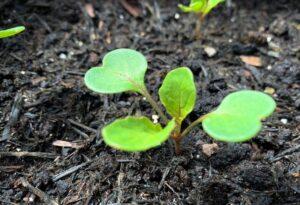
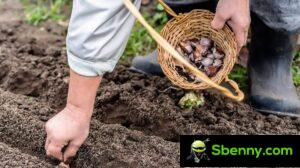
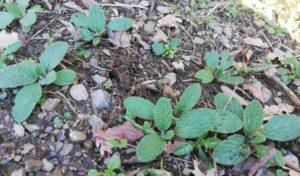
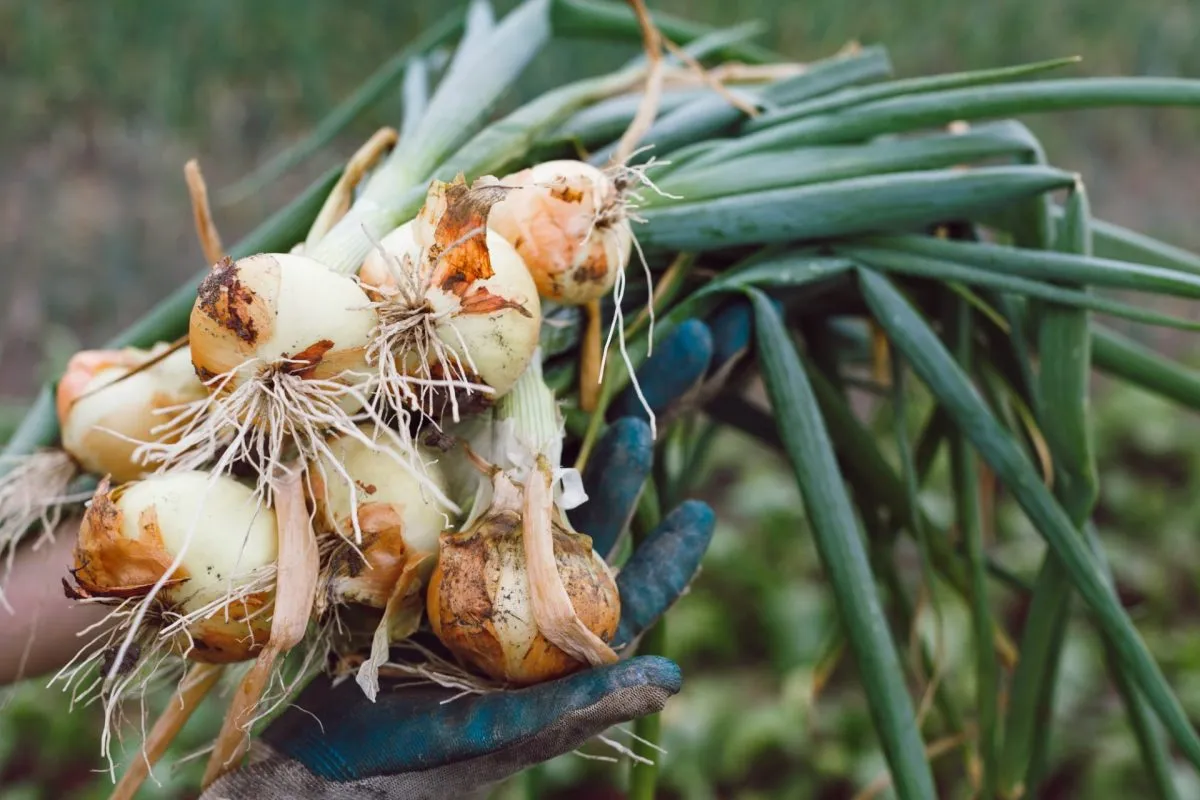
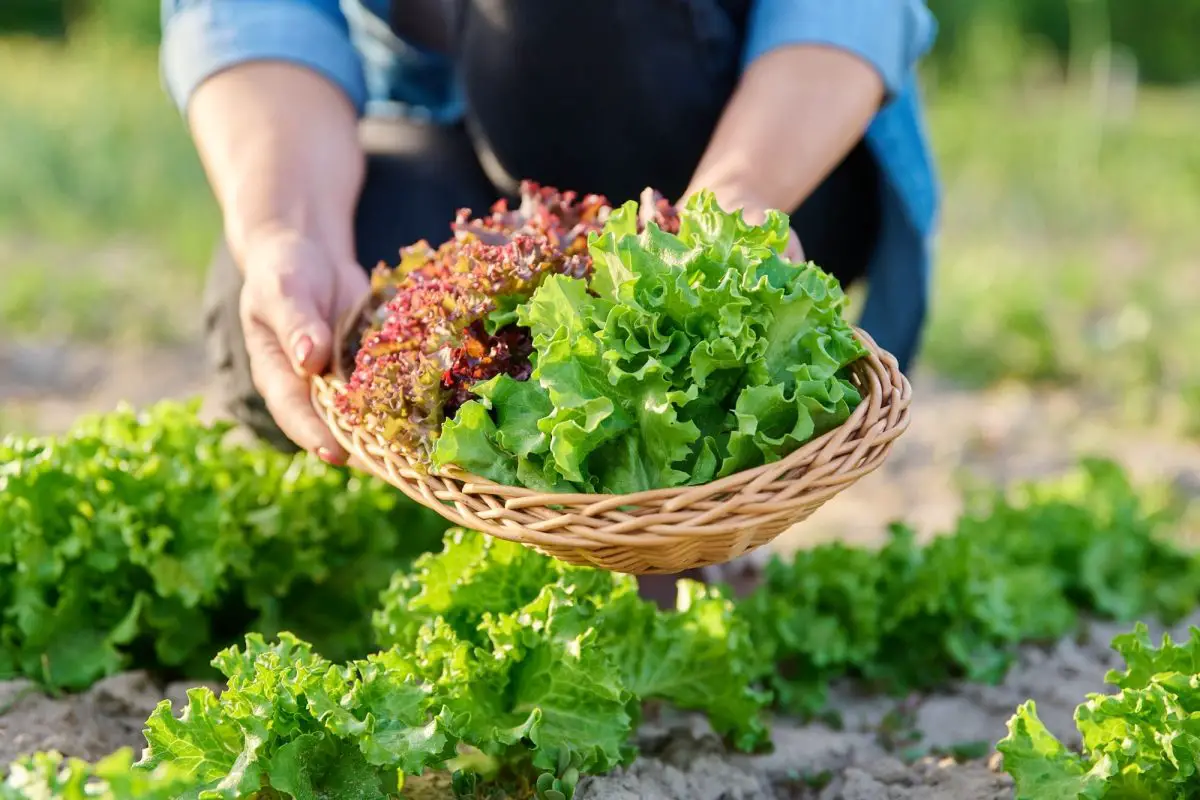
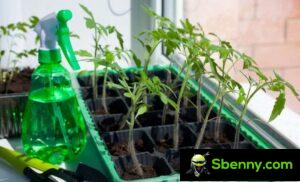
Start a new Thread